Rangga Purbaya
Artist, Photographer / Yogyakarta, Indonesia
LANDSCAPE OF DECEPTION
We often come to a place without understanding the true historical context of the place, sometimes because it is hidden and no longer talked about. There are many places that have a dark history of violence and today we do not realize it, even we are often lulled by the beauty of the place so never question it again. I feel very anxious about places where the history of violence is obscured, where the government or society changes the function of the place, making it so fancy to divert some of its history from us. It turns out a beauty can also deceive us.
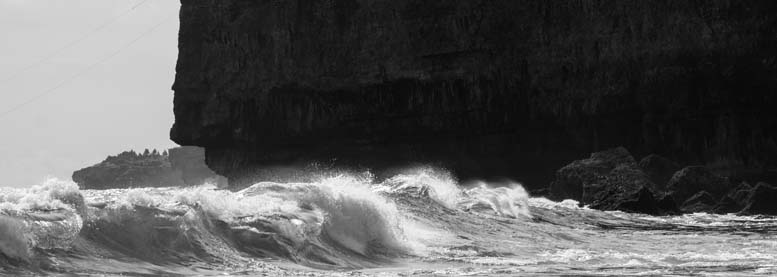
In 1965-1966 people along the southern coast of Java often found unknown bodies suspected of being members or sympathizers of leftist organizations.
|
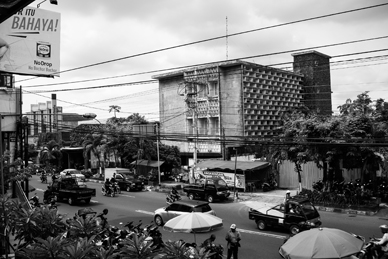
The Thomas Jefferson Library in Yogyakarta, in Central Java, was converted into a chamber of torture and rape in October 1965 by the Indonesian Army, after being after shuttered by the United States and taken over by Indonesian authorities. This occurred at the onset of the massacre of hundreds of thousands of Indonesians (estimates range from 350,000 to a million-plus killed) following the Oct. 1, 1965, aborted coup d'etat, known as G-30-S (September 30 Movement).
|

After the aborted coup d'etat, BTI (Barisan Tani Indonesia) / The Peasant Movement of Indonesia members were arrested and forced to work to complete the embankment, then executed and buried under the lake Jombor embankment. BTI is a leftist organization affiliated to Indonesia Communist Party. |
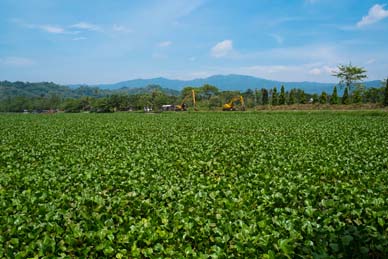
The lake embankment is used as a mass grave for BTI members.
|
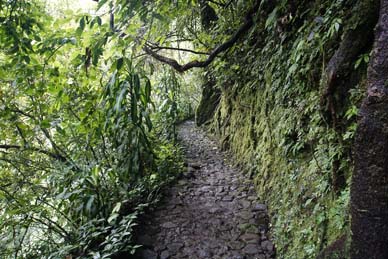
Forests in the Kaliurang region, Yogyakarta, are a hiding place for some leftists.
|

Luweng Grubug, Gunung kidul, Yogyakarta. Natural wells as deep as 90 meters become a place of execution for communists.
|
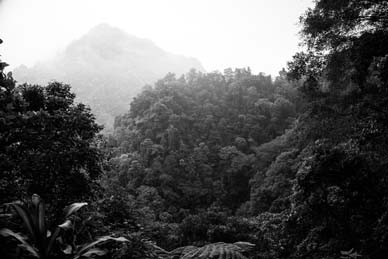
Mount Merapi forest, a hiding place for many members of the Indonesian communist party and its sympathizers. |
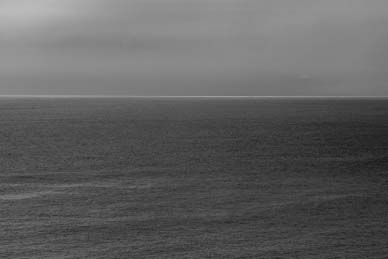
The bodies of the left were executed in Luweng Grubug, often carried by the underground river to reach the southern sea and were found by fishermen and residents.
|

Japanese bunkers from the second world war at the foot of Mount Merapi, Yogyakarta. An ideal hideout for some leftists. |
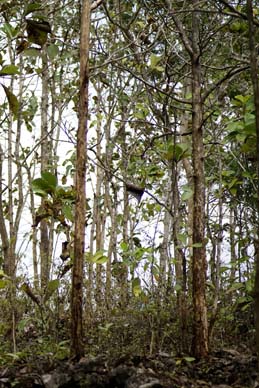
Teak forest that grew around Luweng Grubug became a silent witness to the killing of communists in 1965. |
|
Rangga Purbaya (B. 1976), studied photography at the Indonesian Institute of Arts in Yogyakarta. In 2002, He was among the co-founders of Ruang Mes 56: initially a frugal student art space that developed into one of Indonesia’s best-known laboratories of photo-based art emphasizing an exploratory and experimental approach. His main interest in photography is history, particularly family history. He has made several projects about issues relating to 1965’s genocide in Indonesia that he has been working on since the last 4 years. “Investigating Boentardjo” project is about his grandfather who disappeared in 1965's chaos. Curently he is working on a project about violent sites from the past which later changed its function, because the people living around these sites often do not know or deliberately ignore the history of these sites. |










